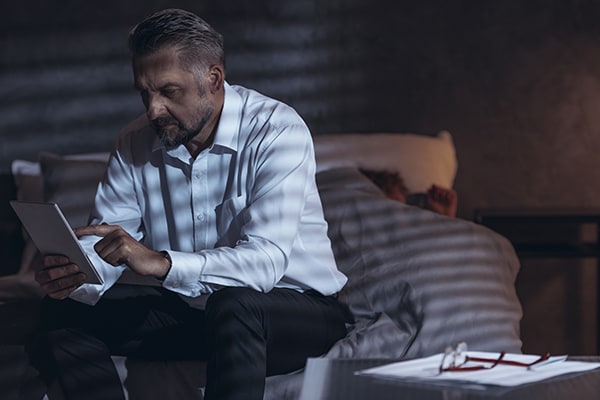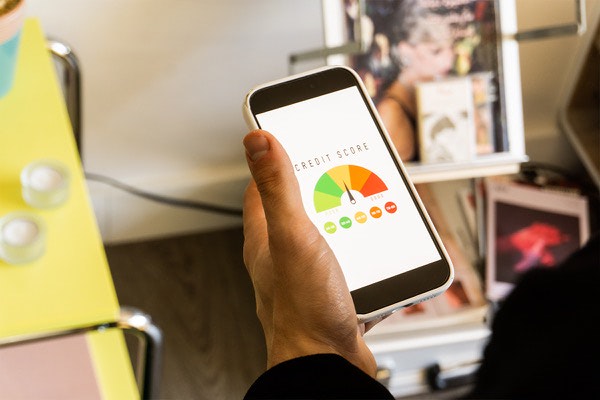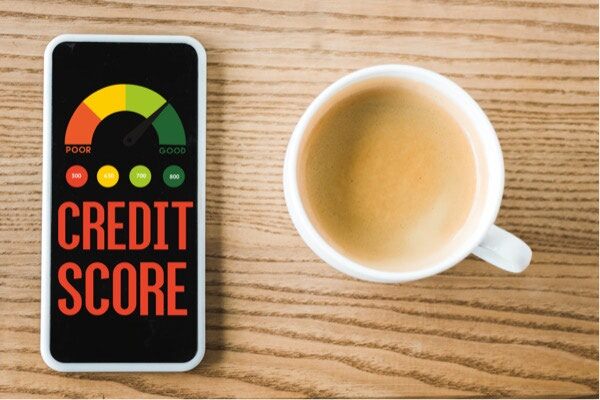How does one improve their credit score? Here are four key tips to help you build your credit profile this year.

Life after bankruptcy: Is it possible?
When someone files for bankruptcy they often feel failure. Bankruptcy is seen as a negative thing to happen to someone and can be a major event to go through. But we shouldn’t be seeing it as disaster! In 2016, approximately 125,000 Canadians either filed for bankruptcy or a consumer proposal. A consumer proposal is often a better option if a person has good income but is still struggling with an overwhelming amount of debt. Bankruptcy is when a person surrenders their assets in exchange for a discharge from their unsecured debts.
What happens during bankruptcy?
Once a person files for bankruptcy, a trustee in bankruptcy will deal directly with the person’s unsecured creditors. After some time, the trustee will sell all the person’s seizable assets and liquidate their savings – besides their RRSP. The profits from assets and savings will go towards reimbursing the creditors. When a person files for bankruptcy they are required to attend two training sessions. These sessions cover why they went bankrupt and how to handle their finances moving forward. Generally, their discharge will come 10 to 20 months after filing.
Life after bankruptcy
Many people that have declared bankruptcy will not view credit, debt, and money in the same way. They’ve learned how to follow a budget and live within their means. They will also use this as an incentive to be more financially responsible. Despite what people often believe, having the bold word “bankruptcy” on your credit report will not mean that a potential creditor refuses you.
Once a bankruptcy has been discharged, they should check and make sure that their credit report is up to date and accurate. Every year a person is entitled to one free credit report form each of the big credit reporting agencies – Equifax, and TransUnion. Many people that have filed for bankruptcy are able to rebuild their credit after two years. This is usually the minimum period before being able to apply for another loan.
Buying a home after bankruptcy
After a person has rebuilt their credit, it is completely possible for them to buy a home! It will take some patience and financial planning, but within a couple of years they will be able to do so. They can start rebuilding their credit through a secured credit card and instalment loans, while making on time payments each month.
By regularly checking their credit report to make sure everything is accurate making regular payments, their credit will start to be rebuilt.
When a person goes to apply for a mortgage after bankruptcy, they will have to prove to their potential lenders that they can be trusted to repay their loans. A borrower should wait until two years after their bankruptcy before applying for a mortgage because they will likely get better terms. This can include a better interest rate, which can make a huge difference in the monthly payments and the total cost of the home.
If you are someone that has been affected by bankruptcy, stop by Clinton Wilkins Mortgage Team. We can help you set up a plan for the future and achieve your dream of buying a home. Get in touch with us here and let’s discuss your future!


